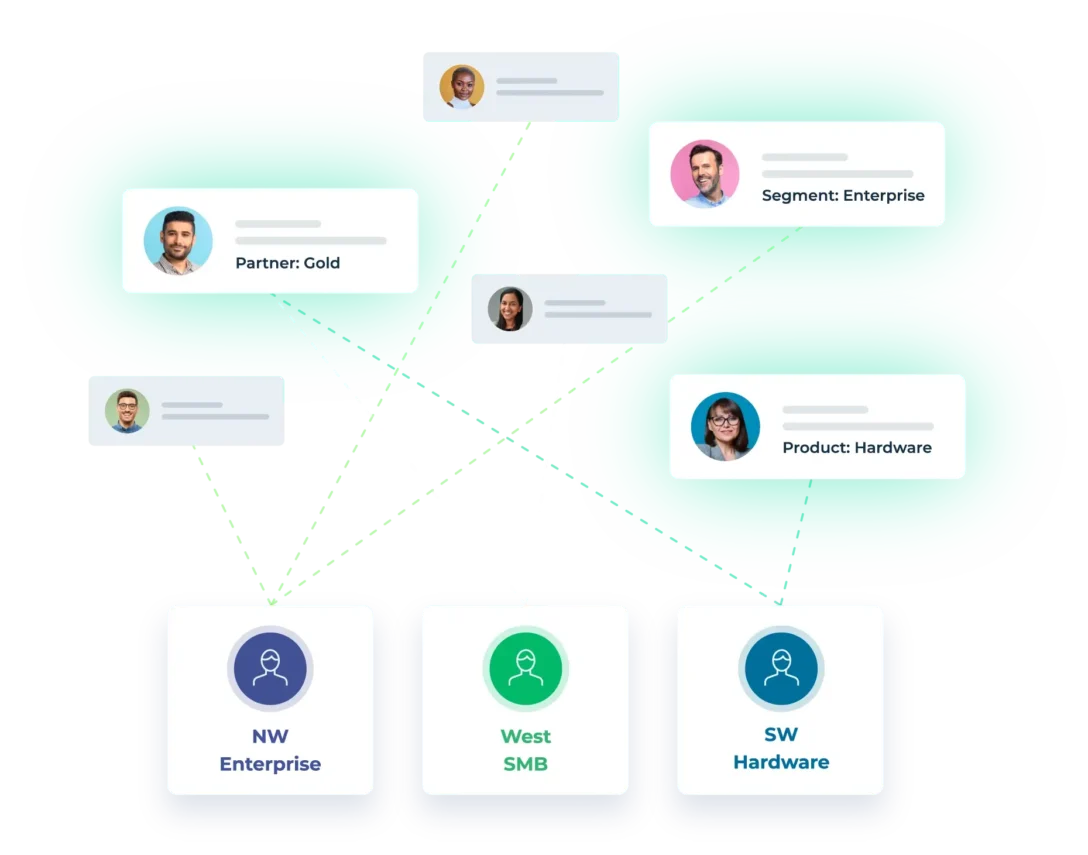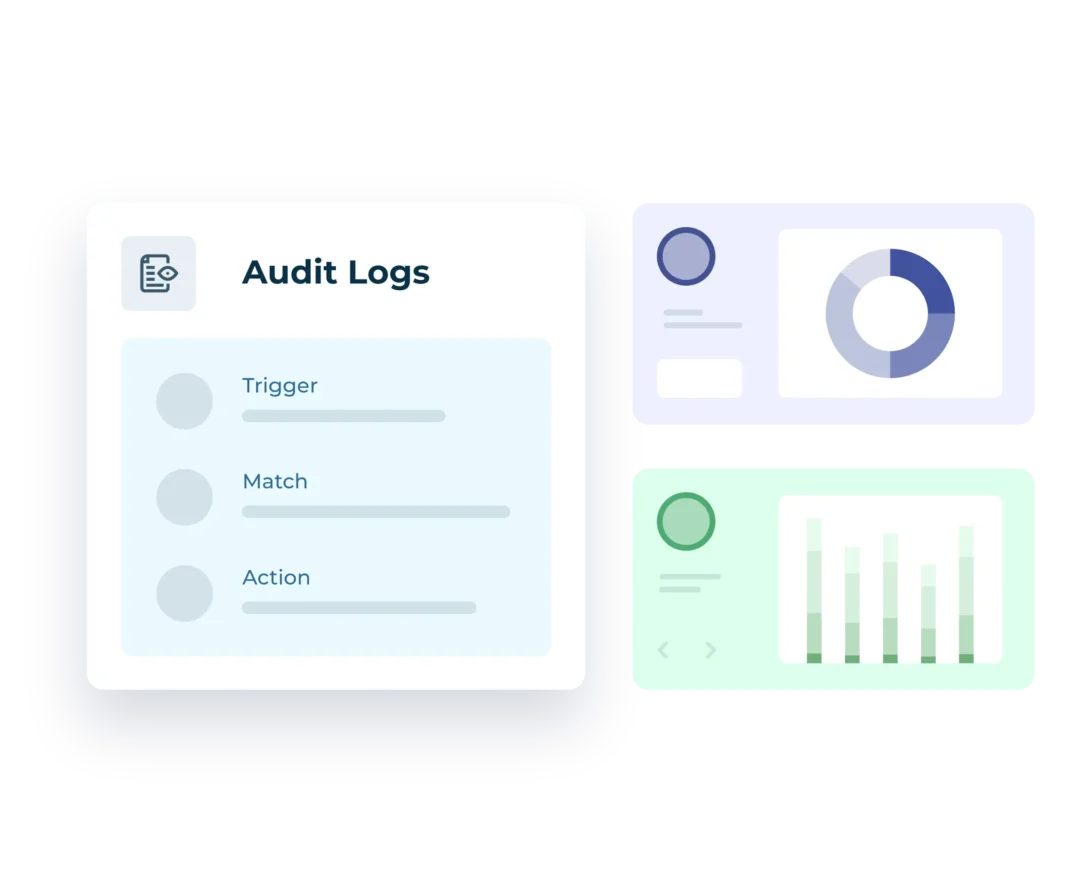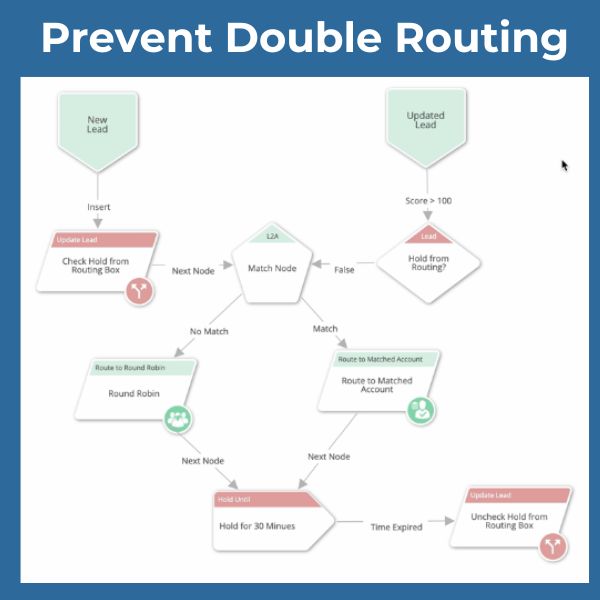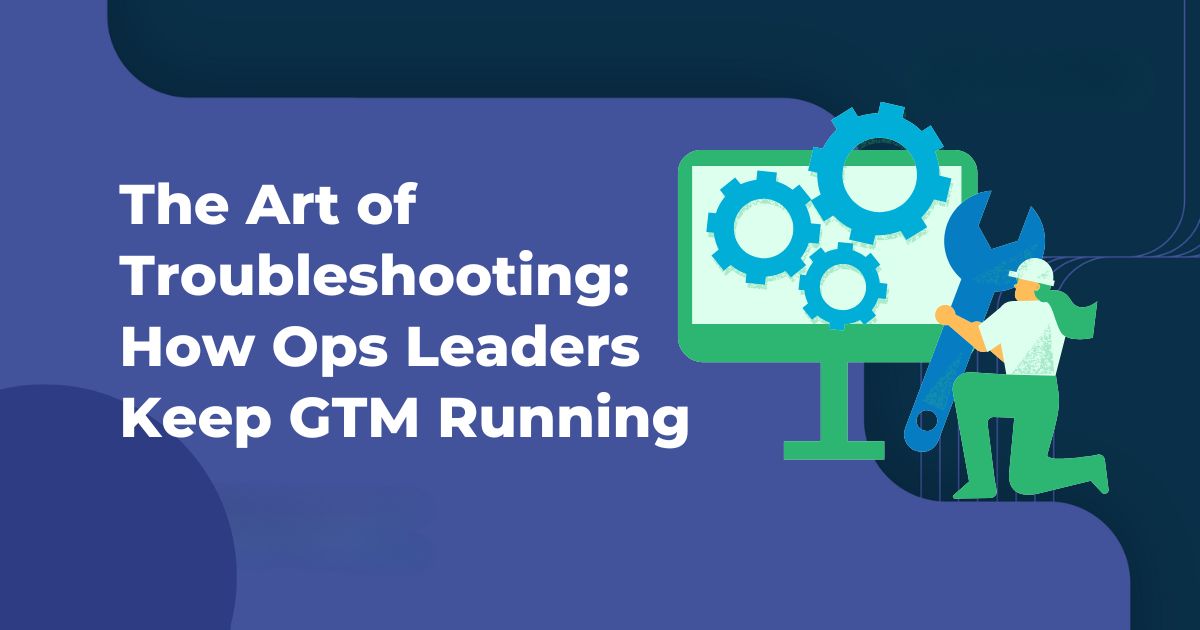Every ops leader knows the feeling: a sales manager pings you asking why their rep hasn’t received a hot lead, or a marketing colleague wonders why last week’s webinar registrations are stuck in limbo.
In those moments, you’re not only solving a problem. You’re protecting the trust your teams place in the systems that keep revenue flowing.
Troubleshooting is part of the job, but the best leaders don’t stop there.
They build practices that prevent issues from spiraling, resolve problems quickly when they arise, and create a foundation of confidence in go-to-market (GTM) execution.
This article explores practical strategies you can use to keep GTM systems running smoothly, drawing on insights from LeanData experts and real-world practices shared in our community.

Why Troubleshooting Matters for GTM Orchestration
First, let’s set the stage. In an ideal world, go-to-market systems connect signals from marketing, sales, and customer engagement into one flow.
When they work, leads are routed instantly, opportunities are enriched with context, and buyers feel like the company is speaking with one voice.
But when something breaks, the impact spreads fast.
Missed assignments lead to slower response times. Inaccurate data creates confusion. Disrupted workflows frustrate both sellers and buyers.
Consequently, troubleshooting isn’t simply about fixing errors. Rather, it’s about maintaining efficiency, alignment, and credibility across the revenue engine.
Start with Visibility

The first step in solving problems is seeing them clearly. Ops leaders rely on visibility tools to understand what’s happening inside their GTM systems.
- Audit Logs and Routing Insights show where a record went, which branch it followed, and whether it hit a dead end.
- Salesforce Tools like Apex Jobs and Developer Console can uncover stuck batches or records that never entered LeanData’s workflow.
- Salesforce Inspector and Log Object Reporting provide deeper field-level visibility for diagnosing errors at scale.
Together, these tools help you move from “something isn’t working” to pinpointing the exact step where a breakdown occurred. As a result, you can resolve issues faster and communicate clearly with stakeholders.
Proactive Monitoring to Catch Problems Early
Next, troubleshooting becomes easier when you don’t have to wait for someone else to report a problem. By setting up proactive monitoring, you can catch issues before they snowball.
- Alerts and Notifications: Configure Slack, Chatter, or email notifications at critical nodes so you know immediately when something fails.
- Error Reports: Build Salesforce reports that surface records with routing delays or error statuses. Checking them daily takes minutes but saves hours later.
- Health Checks: Review routing insights and deployment history regularly. Patterns often reveal themselves long before users feel the pain.
Proactive monitoring helps you stay one step ahead, which not only keeps GTM systems running but also builds trust across your revenue teams.
Isolate, Test, and Deploy with Confidence
When introducing new routing logic or segments, the safest path is to test in isolation. Ops leaders often:
- Build pilot branches for new processes, running them alongside existing flows without disrupting production.
- Use Routing Preview to test different scenarios by simulating how records would move through the graph.
- Track changes with comments and simple changelogs so future troubleshooting is faster and clearer.
This approach means new strategies can be rolled out with confidence. Plus, if something does go wrong, the impact is contained and easier to address.
Common Troubleshooting Scenarios and Fixes

Here are some real-world scenarios that ops leaders frequently face—and strategies to resolve them quickly.
Records stuck after a campaign
- Check Salesforce Apex Jobs to see if a backlog is slowing processing.
- Retry failed batches once errors are resolved.
Leads routed to the wrong rep
- Review audit logs to see which decision node misapplied the rule.
- Update criteria or enrichment logic, then re-run records through the scheduler.
Delays in lead response
- Use routing alerts to detect when processing exceeds normal thresholds.
- Investigate whether enrichment tools or external integrations are causing lags.
Each of these examples highlights the same principle: combine visibility, monitoring, and structured testing to keep GTM systems running at peak performance.

Building a Culture of Troubleshooting
Beyond tools and techniques, troubleshooting is a mindset. The most effective ops leaders share a few habits:
- Document as you go: Use graph comments or ticket references so future admins understand why decisions were made.
- Collaborate openly: Encourage sales, marketing, and IT peers to report anomalies early without fear of blame.
- Balance speed and accuracy: Sometimes the right move is a quick fix, but other times it’s worth slowing down to ensure the long-term process is solid.
By fostering this culture, you transform troubleshooting from a reactive chore into a proactive discipline that strengthens the entire go-to-market engine.
How LeanData Helps You Troubleshoot and Prevent Issues
While this article focuses on universal troubleshooting strategies, it’s worth noting how LeanData provides built-in tools that make these practices easier.
- Routing Insights and Audit Logs give you record-level visibility into paths and outcomes.
- Routing Preview lets you test new logic without risk to live records.
- Alerts and Notifications integrate with Slack, Teams, and email to surface errors quickly.
- Log Object Reporting enables trend analysis across thousands of records.
These capabilities support ops leaders in keeping GTM systems running, while freeing time for more strategic work like optimizing buyer engagement and experimenting with new motions.
Turning Troubleshooting into a Strategic Advantage
In the end, troubleshooting is more than solving technical issues. It’s about protecting revenue, maintaining alignment, and ensuring that every buyer interaction is timely and relevant.
When you invest in visibility, monitoring, and disciplined testing, you not only fix problems faster, you also build resilience into your GTM systems.
And, when your systems run smoothly, your teams gain confidence, your buyers have better experiences, and your company grows more efficiently.












